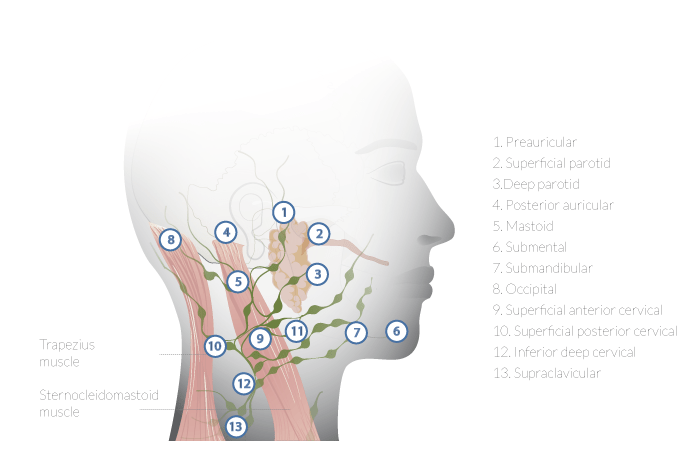-
0
Patient Assessment
- 0.1 Patient demand
- 0.2 Overarching considerations
- 0.3 Local history
- 0.4 Anatomical location
- 0.5 General patient history
-
0.6
Risk assessment & special high risk categories
- 5.1 Risk assessment & special high risk categories
- 5.2 age
- 5.3 Compliance
- 5.4 Smoking
- 5.5 Drug abuse
- 5.6 Recreational drugs and alcohol abuse
- 5.7 Parafunctions
- 5.8 Diabetes
- 5.9 Osteoporosis
- 5.10 Coagulation disorders and anticoagulant therapy
- 5.11 Steroids
- 5.12 Bisphosphonates
- 5.13 BRONJ / ARONJ
- 5.14 Radiotherapy
- 5.15 Risk factors
-
1
Diagnostics
-
1.1
Clinical Assessment
- 0.1 Lip line
- 0.2 Mouth opening
- 0.3 Vertical dimension
- 0.4 Maxillo-mandibular relationship
- 0.5 TMD
- 0.6 Existing prosthesis
- 0.7 Muco-gingival junction
- 0.8 Hyposalivation and Xerostomia
- 1.2 Clinical findings
-
1.3
Clinical diagnostic assessments
- 2.1 Microbiology
- 2.2 Salivary output
-
1.4
Diagnostic imaging
- 3.1 Imaging overview
- 3.2 Intraoral radiographs
- 3.3 Panoramic
- 3.4 CBCT
- 3.5 CT
- 1.5 Diagnostic prosthodontic guides
-
1.1
Clinical Assessment
-
2
Treatment Options
- 2.1 Mucosally-supported
-
2.2
Implant-retained/supported, general
- 1.1 Prosthodontic options overview
- 1.2 Number of implants maxilla and mandible
- 1.3 Time to function
- 1.4 Submerged or non-submerged
- 1.5 Soft tissue management
- 1.6 Hard tissue management, mandible
- 1.7 Hard tissue management, maxilla
- 1.8 Need for grafting
- 1.9 Healed vs fresh extraction socket
- 1.10 Digital treatment planning protocols
- 2.3 Implant prosthetics - removable
-
2.4
Implant prosthetics - fixed
- 2.5 Comprehensive treatment concepts
-
3
Treatment Procedures
-
3.1
Surgical
-
3.2
Removable prosthetics
-
3.3
Fixed prosthetics
-
3.1
Surgical
- 4 Aftercare
Head-neck cancer
Key points
- Increased survival in high-risk head and neck cancer (HNC) male group following screening by clinical oral examination
- Incidence of oral carcinoma between 40 and 50 years has doubled in the USA and Europe within the last decade
- Multimodal treatment of HNC including radiotherapy requires specific knowledge and skills of radiated hard and soft tissue management performing implant surgery
Epidemiologic and prognostic facts of HNC
Head and neck cancers is mainly represented by head and neck squamous cell carcinoma (HNSCC). Incidence in males is higher than in females (2,8:1). Human papilloma virus (HPV) has been demonstrated to be related to the increased incidence of HNC in the young adults in Europe and the USA. Common risk factors for HNC are smoking, alcohol misuse and betel quid.
Prognosis of HNC depends from the time point of diagnosis and is closely related to tumor spread in the regional lymph nodes of the neck. The 5-year-survival decreases from 80% (stage I) to 19% (stage IV) at the time point of diagnosis.
Lack of early detection of HNC and the role of the dentist
Since 60% of patients present at late tumor stages (III-IV) characterized by an unfavorable prognosis, early detection of HNC is mandatory. An increased 5-year survival rate of oral carcinoma high-risk male population was observed if intraoral examination was performed by the dentist at least once a year. Suspicious lesions should be observed not longer than 2 weeks until they are pathohistologically classified. The excisional biopsy resembles the gold standard of diagnostics to whether confirm or to exclude a HNSCC diagnosis.
Multimodal HNC treatment and implant surgery
Multimodal HNC therapy consists of ablative surgery and adjuvant radio(-chemo)therapy. The restoration of jaw bone and soft tissue by the means of reconstructive surgery is a prerequisite for an implant based rehabilitation. HNC-therapy-related irradiation of the jaw bone and the perioral soft tissues lead to impaired osseous regeneration and fibrocontractive scarring of the perioral tissues. The overall survival rate of dental implants in the preirradiated jaw bone is reduced (overall survival 80-90% after 2-22 years). Total radiation dosage >55 Gy was shown to significantly increase the risk of implant loss. A common late complication of radiotherapy in the head and neck is the osteoradionecrosis of jaw bone.




